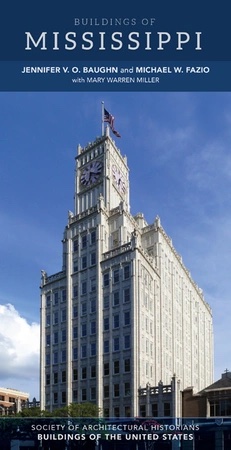
Growing out of the appetite for religious revivals whetted by the Second Great Awakening, camp-grounds such as this one provided a place for far-flung farm families to gather for preaching, prayer, and hymn singing in week-long camp meetings. In 1872 William Parham Pollard donated land for the South Union Campground. The first permanent tabernacle burned in 1914, leading to the erection of the present structure ( pictured). It is impressive for its enveloping hipped roof, its frame constructed from unhewn posts, partially hewn perimeter timbers, and various sizes of exposed scantlings. Around the tabernacle, some wooden “tents” remain, most of them dogtrots, some with porches, sheathed in wide clapboards or board-and-batten siding. The placement suggests that there was once a full circle of them around the central tabernacle, or that a full circle was anticipated. Mature oak trees shade the site, and a cemetery and a modest traditional church building complete the setting. A spring across S. Union Road served camp-meeting attendees and still offers potable water.

